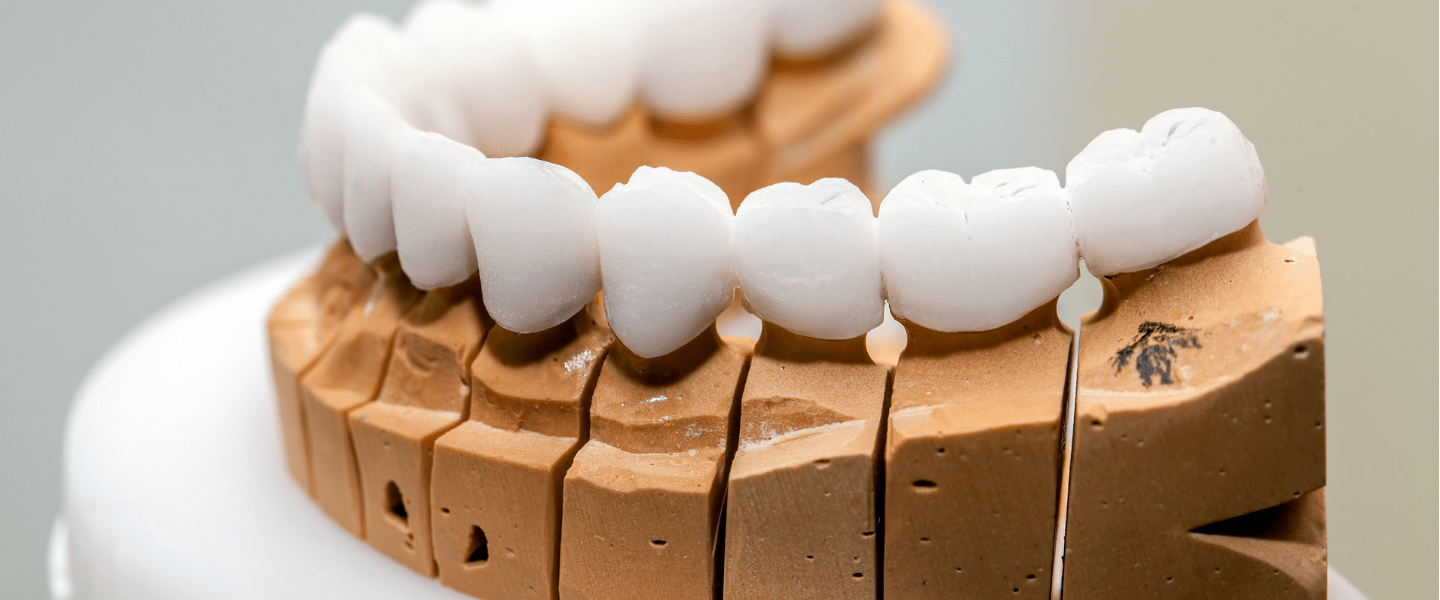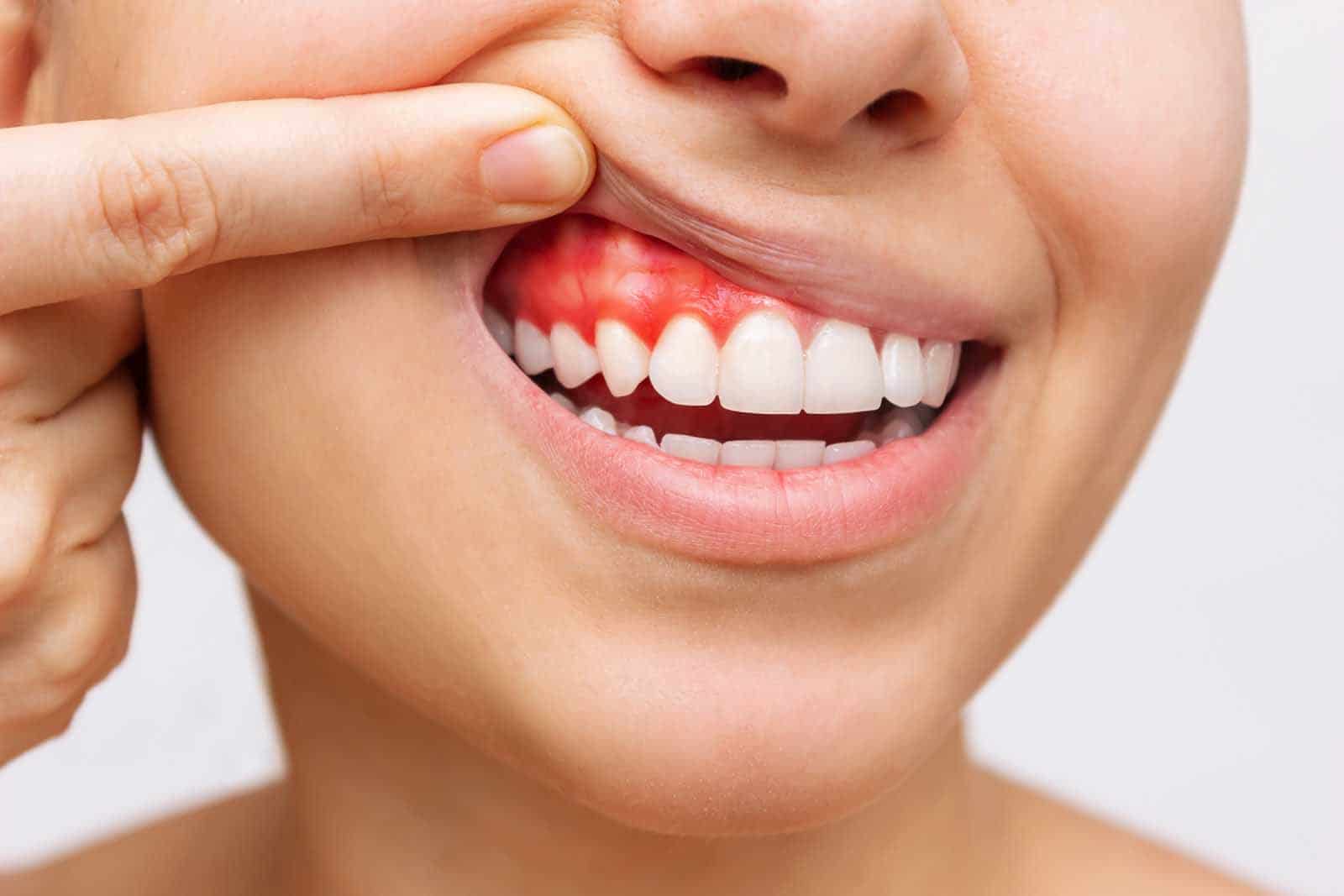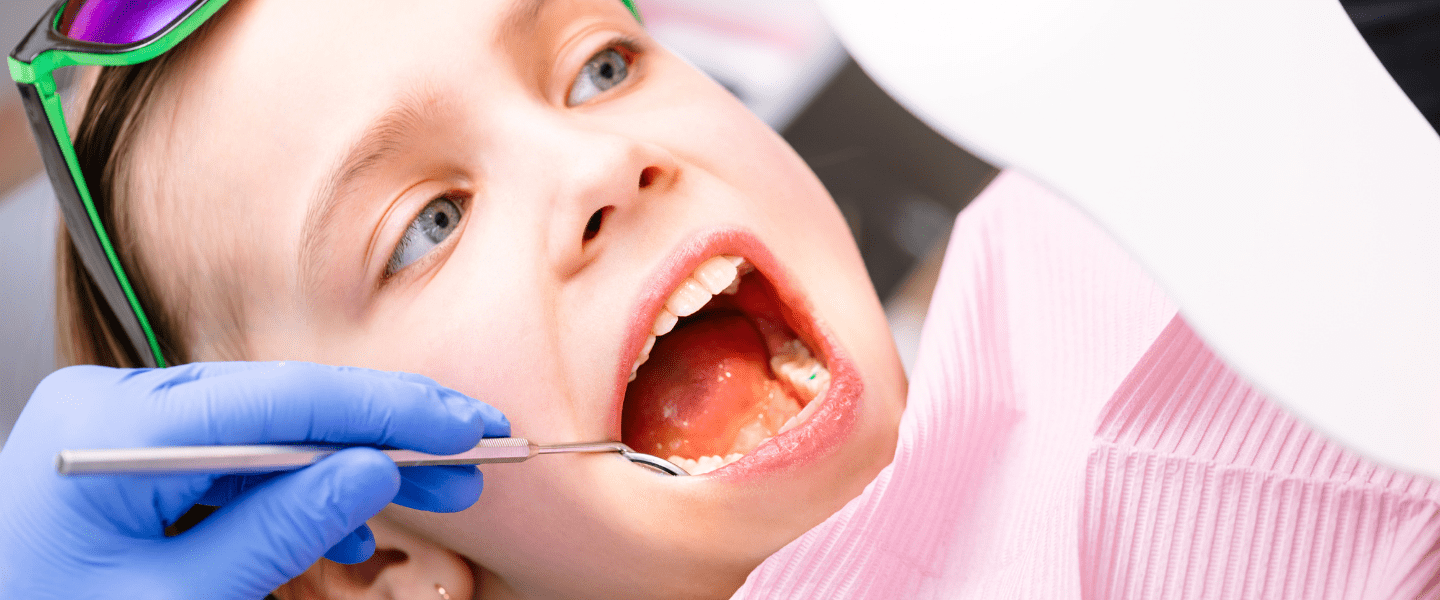Working Time
-
Mid-week 09:00 - 21:00
Saturday 09:00 - 21:00
Sunday: Close
Contact Info
-
0212 651 42 42
- [email protected]
Ask Question
Zirconium Tooth

What is Zirconium?
Zirconium is an element found in nature and is commonly known as the “white metal”. Like granite, it is mined from nature and has become an important material in dentistry for aesthetics and durability. Unlike traditional metal-backed porcelain, zirconium's substructure is white in color, giving it a more natural appearance. At the same time, since it has higher compression and tensile strength than metal, it is extremely resistant to horizontal and vertical forces in the mouth.
Features of Zirconium Porcelain Dental Veneers
With the development of aesthetic dentistry, zirconium dental veneers have come to the forefront with both durability and harmony with natural tooth color. Unlike conventional metal bridges, zirconium dental crowns use white alloyed zirconium instead of metal. This modern substructure offers a combination of aesthetics and durability and provides a highly aesthetic appearance, especially on the back teeth.
Application Process of Zirconium Dental Veneers
Zirconium dental veneers are made on a model prepared with measurements taken from your teeth. This model forms the substructure of the teeth by abrading zirconium oxide blocks with computer-aided devices. Then, ceramic in the appropriate color is placed on these substructures and the process is completed. Thanks to this technology, metal-free and aesthetic restorations can be realized in a short time.
How is Zirconium Porcelain Tooth Made?
After the teeth are cut, their three-dimensional structure is transferred to computers with scanners. This scanning process can be done in two ways:
Intraoral Scanners: After the teeth are cut, the image is digitized with the help of intraoral scanners and cameras without using impression material in the patient's mouth. This data forms the substructure of porcelain teeth made of zirconium blocks with the CAD/CAM system.
Traditional Impression Taking: After the teeth are cut, the impressions taken from the mouth are sent to the laboratory. The impressions casted with special plaster systems are transferred to the computer environment and zirconium substructures are prepared.
After the substructures are rehearsed, porcelain is processed and zirconium porcelain teeth are ready.
Why Zirconium?
Zirconium has many advantages:
Tissue Friendly: Zirconium is a material compatible with the gums and provides long-term use.
Durability: Zirconium porcelain is known for its high fracture resistance and has proven its durability in many tests.
Natural Appearance: Since there is no metal reflection underneath, there is no grayish-matte appearance, which provides a more natural appearance.
Heat Insulation: It provides better thermal insulation than porcelain with metal substructure and reduces cold-hot sensitivity.
Non-Allergic: Zirconium rarely causes allergic reactions.
Light Transmittance: It offers a better aesthetic appearance and provides a glassy appearance.
Advantages of Zirconium Dental Veneers
Aesthetics Zirconium dental veneers are difficult to distinguish from natural teeth and do not create an opaque appearance thanks to their light transmittance.
Gum Compatibility: Bruises are not seen in gum diseases and gum recession, and gray lines that occur in metal-supported porcelains do not occur in zirconium.
Heat Insulation: Zirconium dental veneers prevent cold and heat sensitivity and can be easily used on the back teeth.
Light Weight: They are lighter than metal-supported dentures and do not cause bad taste in the mouth.
Disadvantages of Zirconium Dental Veneers
The only disadvantage of zirconium dental veneers is that they cost more than conventional metal-supported dentures.
Preparation Process of Zirconium Dental Veneers
Zirconium dental veneers are prepared in a similar way to conventional metal-backed porcelain, but the difference begins in the laboratory procedures. Zirconiums are made with devices with computer technology. Measurements taken from the mouth are scanned on optical readers in a computer environment and zirconium plates are cut and shaped by the computer thanks to milling systems. The data obtained with the help of the camera is uploaded to the computer and designs (CAD) are made and production (CAM) is started.
Areas of Use of Zirconium
Zirconium dental crowns are successfully used in a wide range of applications, from single tooth crown restorations to implant crowns and bridges. The success of the material has been proven in medicine and industry and has been used in clinical applications all over the world since 2002. With this new application, the aesthetic concerns of metal-ceramic restorations are completely eliminated.
STUDENT ORAL AND DENTAL HEALTH
Online



